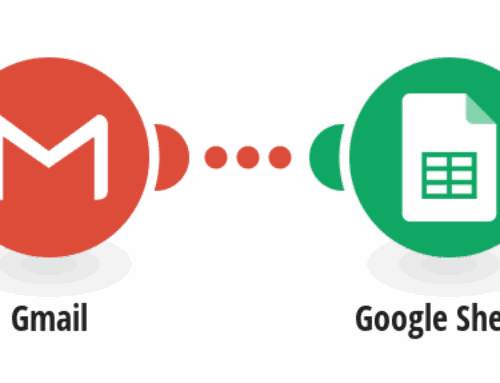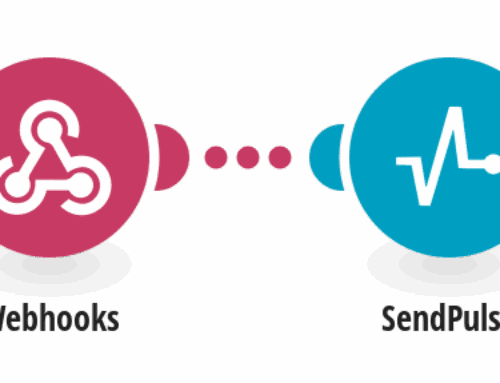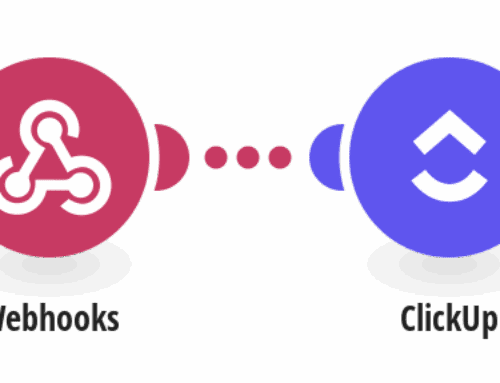How to Set a Person Based on Job Title
Introduction to Role Assignment
In today’s fast-paced workplace, understanding the responsibilities associated with various job titles is crucial. Whether you’re in human resources, management, or an aspiring employee looking to climb the career ladder, knowing how to set a person based on their job title helps define roles and expectations. It aids in creating a structured work environment where everyone knows what they are responsible for and to whom they report.
This process not only enhances productivity but also ensures that team dynamics remain effective. It’s like building a house; each brick needs to be placed correctly for it to stand strong. Similarly, assigning roles based on job titles creates a solid organizational foundation. So, how do we go about this? Let’s delve into the essentials of role assignment based on job titles.
Understanding the Importance of Job Titles
Job titles might seem like mere labels, but they carry significant weight in defining an individual’s position within a company. A well-crafted job title can offer insights into a person’s responsibilities and influence within an organization. They create a framework through which employees understand their duties and the expectations placed upon them.
Moreover, job titles can impact morale and motivation. Providing employees with titles that reflect their skills and contributions is equivalent to recognizing their efforts. It’s akin to giving someone a crown – it signifies authority and acknowledgment. Without clear job titles, organizations risk unnecessary confusion, potentially leading to conflicts and inefficiencies.
How to Define Roles Based on Job Titles
Defining roles begins with a thorough understanding of the job title itself. For instance, a “Project Manager” carries different implications compared to an “Executive Assistant.” Each title encompasses specific duties, skills required, and expected outcomes. Knowing what these are allows organizations to tailor job descriptions that suit their needs.
Next, it involves matching the right people with the right titles. This means evaluating employees’ skills, experiences, and career aspirations, ensuring alignment with the job they are entrusted with. It’s similar to finding the perfect puzzle piece that fits just right. This harmonious fit leads to increased job satisfaction and productivity.
The Process of Assigning Job Titles
Assigning job titles is not a task that should be taken lightly. It involves collaboration between different departments, including HR, management, and sometimes even the employees themselves. The process begins with a strategic review of the organization’s structure, identifying gaps or overlaps in roles that need addressing.
Once the review is complete, the next step is to articulate clear and concise job descriptions. These descriptions serve as a roadmap, guiding employees and managers alike. By setting realistic expectations, businesses ensure that everyone works towards the same goals. It’s like ensuring all canoes in a race paddle in synchrony.
Analyzing the Relationship Between Job Titles and Career Paths
Job titles often act as stepping stones along an employee’s career path. They provide an understanding of where an individual stands and the potential directions their career might take. For instance, progressing from “Junior Developer” to “Senior Developer” often signals not just seniority but also skill development and greater responsibilities.
This progression highlights the opportunities for growth within the company, encouraging employees to strive for advancement. By clearly mapping out potential career paths, companies create a more motivating work environment, fostering loyalty and dedication among their workforce.
Common Mistakes in Role Assignment
One frequent mistake companies make is assigning generic job titles without considering the specific context of their organization. This mismatch can lead to employees feeling undervalued or, conversely, overwhelmed by unrealistic expectations. It’s like trying to fit a square peg in a round hole – it simply doesn’t work.
Another common error is neglecting to update job titles and descriptions regularly. As companies evolve, so should the roles within them. If roles aren’t periodically reviewed, organizations might find themselves bogged down by outdated practices and inefficient operations.
Best Practices for Effective Role Assignment
To effectively assign roles, transparency, and communication are key. Involving employees in the discussion about their roles can lead to a better understanding and acceptance of expectations. It’s like having everyone on the same page of a storybook – consistency breeds clarity.
Additionally, regular training and development programs help individuals adapt to new roles and responsibilities. By investing in employee growth, companies ensure a dynamic and capable workforce ready to tackle future challenges head-on.
Conclusion
Setting a person based on their job title is like orchestrating a symphony, where every instrument must play its part in harmony with the others. Recognizing and appropriately designating roles within an organization is vital for fostering a productive, efficient, and satisfied workforce. As businesses continue to grow and evolve, maintaining clarity in job roles will remain an essential component of organizational success.
FAQs
-
Why are job titles important in a company?
Job titles establish a clear understanding of roles and responsibilities, helping to structure the organization while motivating employees by recognizing their qualifications and contributions.
-
How can companies avoid confusion with job titles?
Companies should develop clear, descriptive job titles and regularly update them to reflect changes in responsibilities, preventing ambiguity and ensuring alignment with organizational goals.
-
What are common pitfalls in role assignment?
Common pitfalls include assigning vague job titles, failing to update roles regularly, and not involving employees in discussions about their responsibilities.
-
How does role assignment affect company dynamics?
Proper role assignment enhances company dynamics by promoting efficiency, reducing conflicts, and paving the way for effective teamwork and a collaborative work culture.
-
What steps can managers take to improve role clarity?
Managers can improve role clarity by conducting regular reviews of job descriptions, engaging in open communication with employees, and providing continuous training opportunities.









